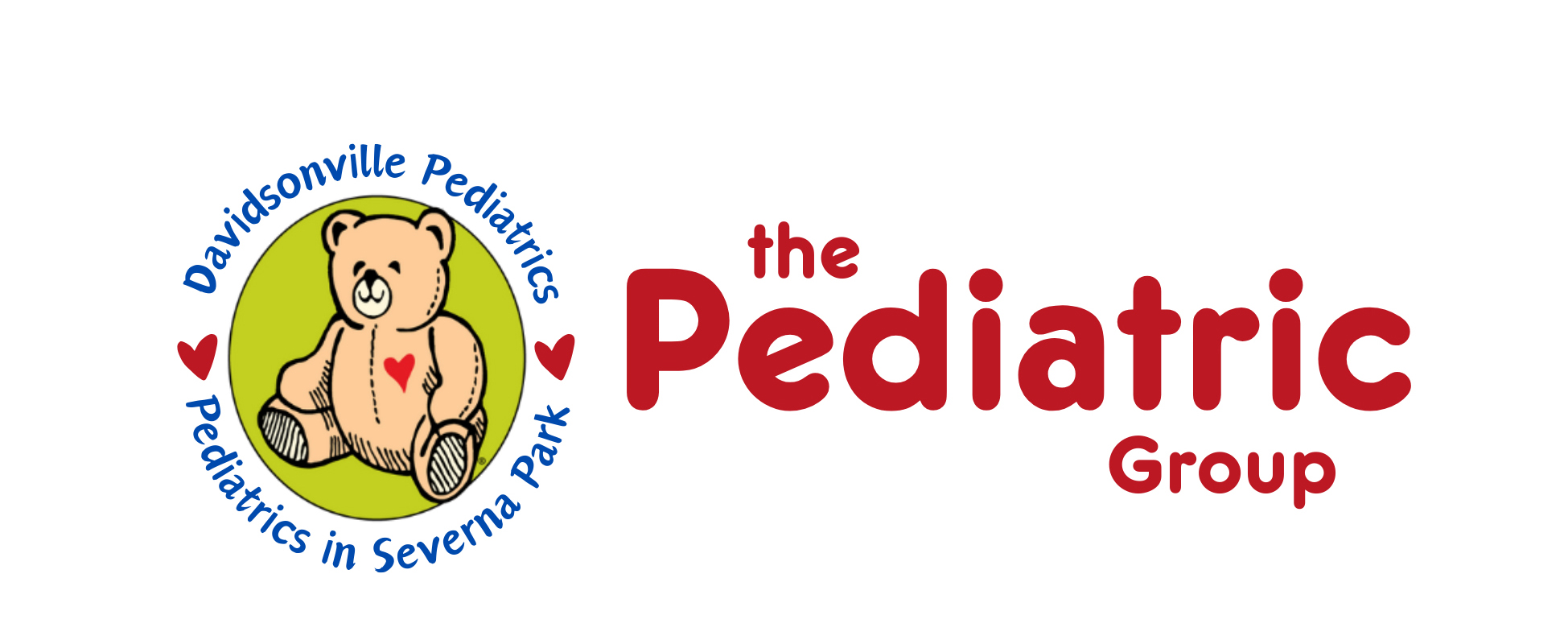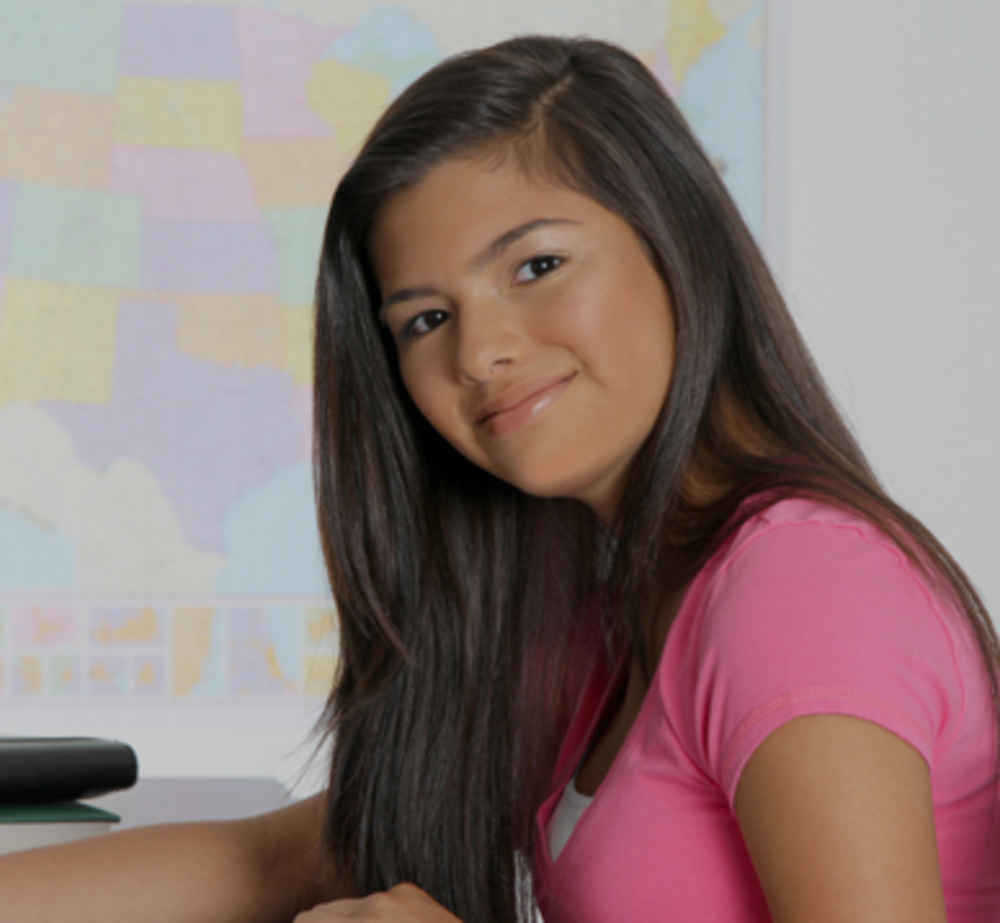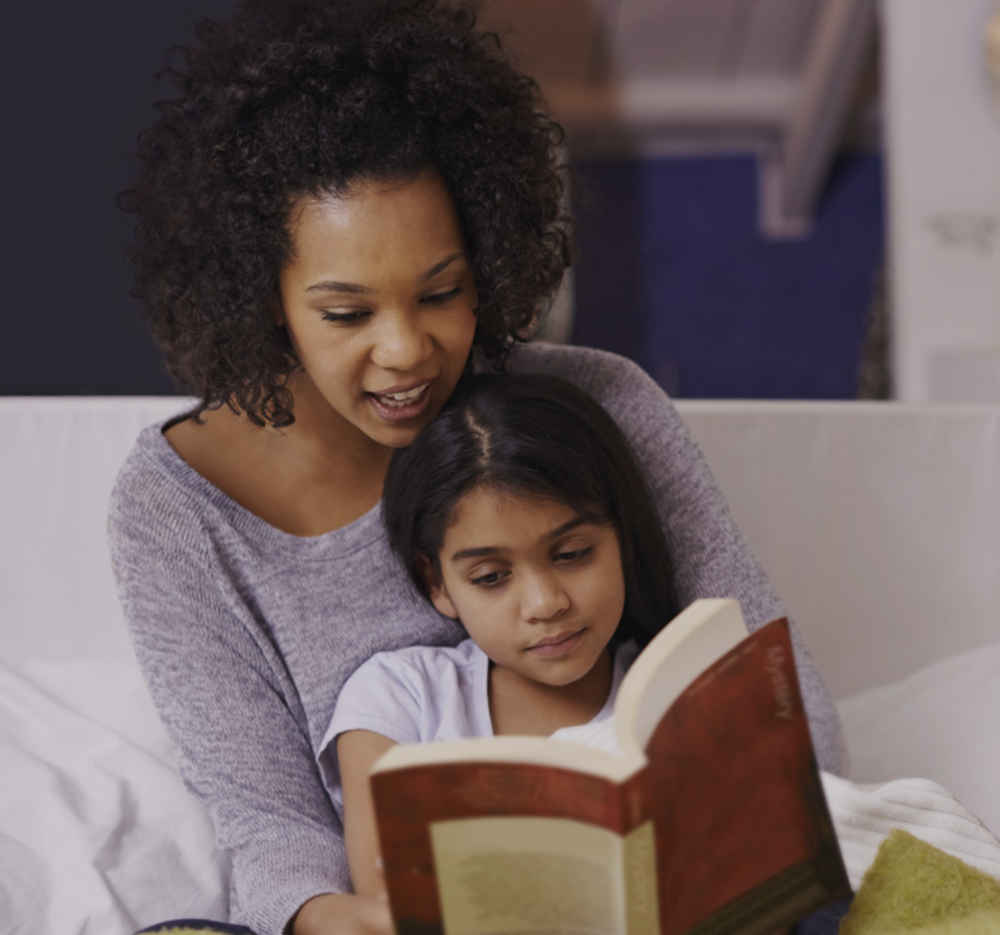410-721-2273
CPR
What is a CPR?
Cardiopulmonary Resuscitation (CPR) in Infants and Children
CPR stands for cardiopulmonary resuscitation. Cardio refers to the heart. Pulmonary refers to the lungs. CPR is a way to give oxygen and keep the blood flowing when the heart has stopped beating. It is an emergency procedure that can save the life of an infant or child whose heart has stopped beating and who is not breathing.
When is it used?
Use CPR whenever someone is not breathing or when the heart is not beating. A child's or infant's heart can stop beating or they can stop breathing as a result of:
- a very bad head or back injury
- choking on something
- drowning
- severe electrical shocks
- severe infections
- severe allergic reactions.
What happens during CPR?
CPR is done by blowing air into a child's lungs with mouth-to-mouth resuscitation and by pushing on their chest. The mouth-to-mouth resuscitation gives the child oxygen and pushing on the chest pumps the heart to keep blood flowing.
This information can help you understand CPR. It does not replace training with an instructor and hands-on practice. You need to take a course to learn CPR and be prepared to save the life of a stranger or someone you love.
Here are the basic steps:
1. See if the child can respond to you. For example, speak to or tap the child. If there is no response, start CPR.
Do 5 cycles (about 2 minutes) of CPR before you interrupt the CPR briefly to call 911. Each cycle is 2 breaths and 30 chest compressions, as described below.
2. Tilt the child's head, lift the chin, and check for breathing. Carefully position the child flat on their back. Kneel by their side and place one hand on the forehead and the other under the chin. Tilt the head back and lift the chin until the upper and lower teeth almost touch. Look, listen, and feel for normal breathing. Take no more than 5 to 10 seconds to check for breathing.
3. Give 2 rescue breaths. If the child is not breathing, pinch the nose closed and cover their mouth with yours. Take a normal breath and give the child a rescue breath lasting for 1 second. The breath should make the child's chest rise. If the child's chest does not rise when the first rescue breath is given, perform the head tilt and chin lift again before giving a second breath.
4. Give 30 chest compressions. After giving 2 rescue breaths, begin chest compressions. You may use 1 or 2 hands to give chest compressions for children. For children from 1 to 8 years of age, press on the breastbone at about the nipple line. For infants, press on the breastbone just below the nipple line. Firmly push down about 1/3 to 1/2 the depth of the chest. Push on the chest 30 times at a rate of about 100 pushes per minute (faster than one per second).
5. Repeat steps 2 through 4. Continue with 2 breaths and 30 pushes until the child starts moving or medical help arrives.
How can I learn CPR?
You need to take a class to be certified to give CPR. It is important that a special class be taken for giving CPR to children because the procedures are different. Some classes combine the training for both the adult CPR and infant and child CPR certifications.
CPR classes are open to the public and are held in hospitals, fire departments, and community centers. The American Red Cross and the American Heart Association set the standards for CPR certification.
For more information about cardiopulmonary resuscitation and other life-saving skills, contact your local chapter of the American Heart Association or the American Red Cross.
Call 911
Written by B.D. Schmitt, MD, author of "Your Child's Health," Bantam Books.
This content is reviewed periodically and is subject to change as new health information becomes available. The information is intended to inform and educate and is not a replacement for medical evaluation, advice, diagnosis or treatment by a healthcare professional.
You May Also Like
Popular Resources | Make an Appointment • Locations • Refill Prescriptions





